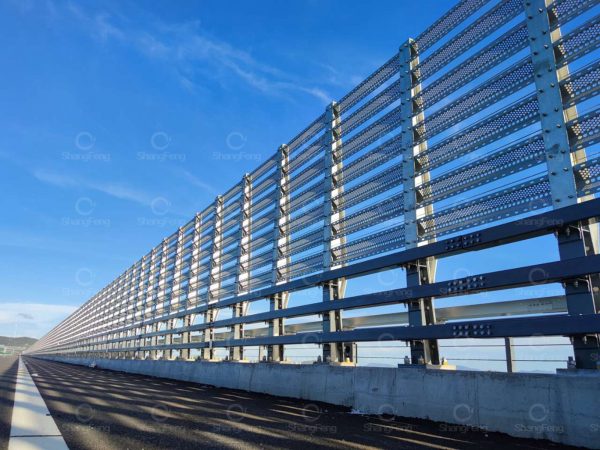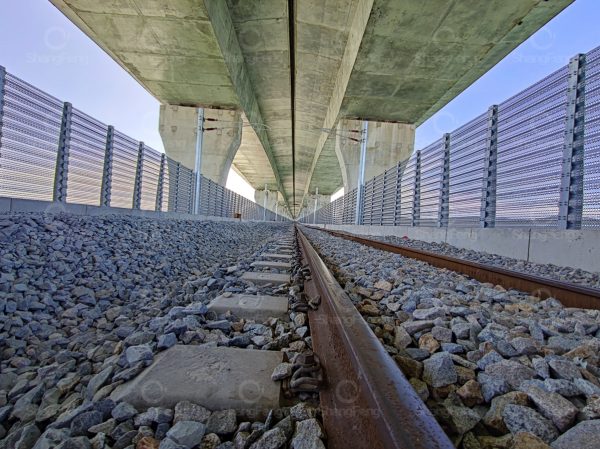The Pingtan Rail-Road Bridge, spanning the Pingtan Strait, has a total length of 16.34 kilometers. The upper deck is designed as a six-lane highway with a speed limit of 100 kilometers per hour, while the lower deck is designed as a double-track railway with a speed limit of 200 kilometers per hour. It is a true sea-crossing bridge accommodating both road and rail traffic. The Pingtan Strait, where the bridge is located, is characterized by strong winds, high waves, deep water, and fast currents. Statistics show that there are over 300 days of wind exceeding force 6 and over 200 days of wind exceeding force 7 each year. With the bridge deck more than 60 meters above the sea surface, the lifting force and tilting moment generated by the wind pose a threat to the safety of high-speed trains and vehicles under strong crosswinds, potentially leading to accidents such as train or vehicle sway and overturning, significantly impacting traffic safety.
To address the impact of strong winds on the safety of high-speed railway and road traffic, this project combined engineering meteorology, fluid mechanics, wind detection technology, and aerodynamics. It conducted research on the identification of typical crosswind sections for high-speed railways and roads, establishment and analysis of dynamic models of trains and vehicles under crosswind effects, establishment of virtual prototype models of trains and vehicles, virtual testing and analysis of crosswind response, and completed full-scale wind tunnel tests for sea-crossing bridge wind barriers in China. When strong winds pass through the “road wind barriers” installed on both sides of the bridge, phenomena such as separation and attachment occur behind the barriers, creating upper and lower interfering airflows, dissipating the kinetic energy of the incoming wind, and thus reducing wind speed to ensure vehicle safety. At the same time, it isolates the wake generated by train travel, reducing its impact on the surrounding environment.



